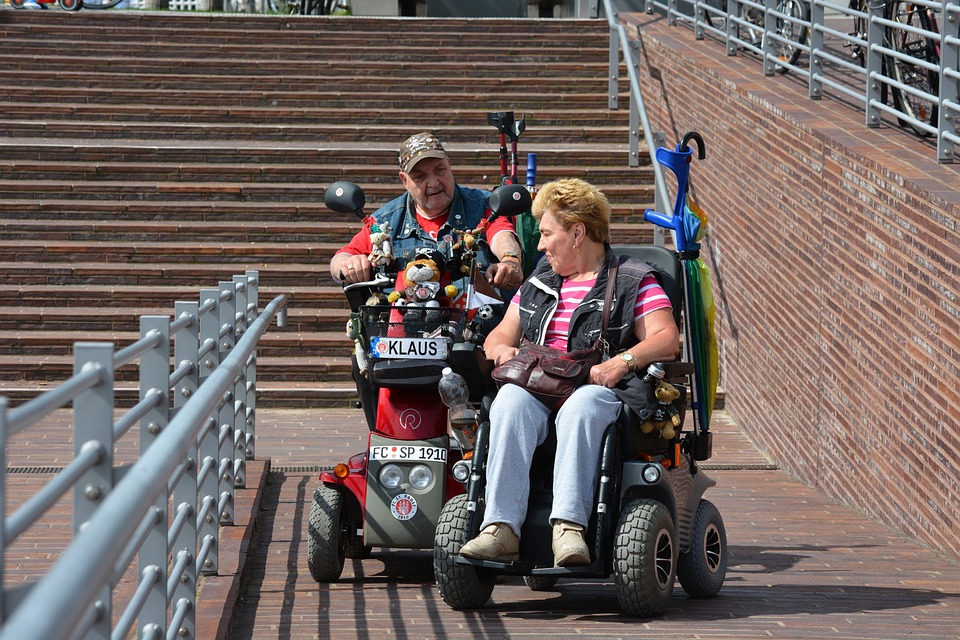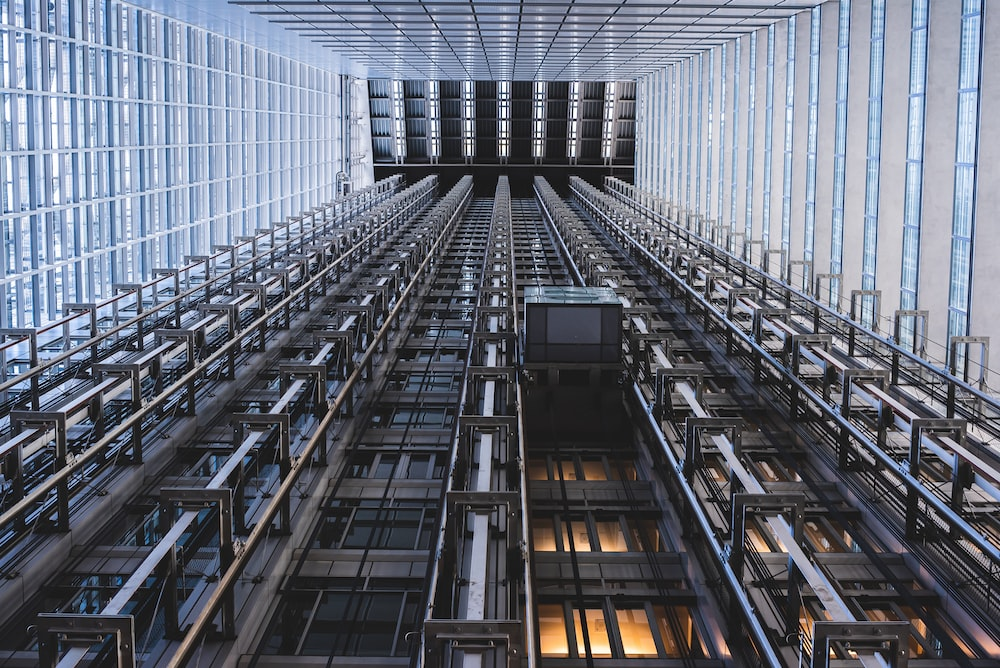
Elevators are one of the most common ways to provide easy access to visitors and occupants of multistory residential and commercial buildings. In existing and new buildings, elevators need to conform to the ADA guidelines that were established during the 1990s to ensure increased accessibility for differently abled people.
The Americans with Disabilities Act was a step to help people with different physical and mental limitations participate in society. The law covers a broad array of situations but primarily affects building codes nationwide. Some of the crucial aspects of building codes addressed by the guidelines address the design and installation of elevators.
Various requirements must be met for elevators, whether it’s a remodeling project for an existing building or a completely new construction. Understanding these requirements by the ADA helps ensure that the construction is compliant. It also helps provide a better experience for all visitors and tenants.
Can Buildings Be Exempted from ADA-Compliance Laws?
Elevators in a building are only exempted from compliance laws if the construction is based on less than 3000 sq feet per floor with less than three stories in the building. But the exemption may not hold viable if the building is a public transit station, mall or shopping center, airport passenger terminal, or the professional office of any healthcare provider.
When it comes to design and manufacturing, most elevators available today already comply with the ADA regulations to add convenience. Even if you’re not liable to follow the laws, knowing the ADA requirements and adhering to them is a smart business move. It helps you provide the best experience for tenants while allowing you to avoid the expense and time of remodeling later.
ADA Requirements for New York Elevators
#1- Operation and Placement of Elevators
The elevators must be placed in areas that enable easy access for all visitors alike. This means they cannot be installed in places or hallways that are out of the way. The elevator won’t be ADA-compliant if it’s installed in a portion of the building that’s inaccessible, even if it meets the other required stipulations and dimensions set for the elevators.
#2- Buttons, Doors, and Control Panels of Elevators
ADA-compliant accessibility requirement states the doors must remain open completely for a minimum of three seconds, so differently-abled people have ample time to exit or enter the elevator safely. The doors should be at least 36 inches wide.
The automatic elevators must stop at particular floors easily with a simple button press. The call buttons must be placed 43 inches from the floor with 0.75 inches in diameter to allow for easy access. They should also indicate the direction in which the elevator’s traveling.
Emergency controls must also be grouped at the bottom with centerlines at least 34 inches above the floor so that all people, regardless of ability, can access them in the event of an emergency.
#3- Minimum Size of Elevators
Before purchasing a new elevator, make sure it has proper minimum dimensions to enable wheelchairs to maneuver around with ease. There are many minimums that you need to follow for ADA-compliant accessibility.
These include the minimum door width, which is 36 inches for an elevator car. Another one involves the car’s depth, which must be at least 68 inches deep and 51 inches long unless the doors of the elevator open in the center. In that case, the minimum requirement is 80 inches.
#4- Audio and Visual Assistance
The ADA compliance mandates that braille should be included next to or below the floor numbers on the control panel. The requirement also states that all elevators should have automatic non-verbal audible signals and verbal announcements about stops and passing floors to help impaired passengers identify their stop. The elevators must also be serviced to ensure their car is leveling with the destination floors.
#5- Door Reopening and Protective Device for Elevators
All elevators should have doors that close and open automatically with reopening devices that stop to reopen the car doors and hoistway doors automatically if the doors become obstructed by a person or object.
This device should be capable of completing operations without needing contact for the obstruction passing through the opening at 29 inches and 5 inches height above the floor. Other specifications include things like slip-resistant floors and firmly attached carpets if present.
#6- Limited Use Limited Application Elevators (LULA)
LULAs is slower and smaller than traditional elevators found typically in large-scale, multistory commercial buildings. They’re designed specifically for low occupancy and are commonly found in schools, churches, or small business centers.

Limited Use Limited Application elevators are often added to improve accessibility in existing constructions. When a building is renovated, altered, or expanded, the Standards for Accessible Design (2010) requires removing accessibility barriers in all existing public spaces whenever readily achievable. This implies whenever possible without many expenses or difficulties.
Bonus Tip: Schedule Regular Elevator Inspections
Elevators are prone to malfunctions, which can lead to inconveniences and accidents if not resolved on time. While not necessarily an ADA regulation, building owners and managers should hire certified professionals for periodic elevator inspections to ensure everything is safe and functional.
OSHA regulations recommend yearly inspections with random monthly checks to ensure satisfactory operation. Also, make sure to follow the maintenance schedule and instructions provided by the elevator manufacturer. Just like any other machine, elevators have a complicated mechanism that requires frequent maintenance for optimal operation. Skipping any step could lead to adverse consequences.
Hiring an elevator inspection firm, like HighRise Consultancy, may seem like an expense, but it’s worth investing in to ensure the safety of hundreds of people who use elevators in your building. It will help you avoid liabilities and penalties as well. It also serves as evidence that your building complies with all the requirements set forth by the ADA and other safety standards.
Our consultants will survey the elevators and safety and maintenance protocols to ensure everything is as per the code. Elevator service providers must follow the list to ensure an efficient, safe, and accessible elevator service on your property.
Even if your building is exempted, it’s a good practice to adhere to the ADA-compliant accessibility guidelines for maintaining an inclusive and accessible space for all. Reach out to us to work with experienced elevator inspectors who can help you meet all the important quality and safety standards.

HighRise Consulting can help you with a comprehensive preventive maintenance evaluation and provide elevator management protocols. Professionals at our elevator consulting company provide unbiased feedback and advice after category 1 and 5 elevator inspections.
We also offer elevator testing and third-party witness services for certifying that your elevator maintenance company performed all annual safety testing procedures according to the NYC building codes.
We cater to many areas in New York, including the Bronx, Brooklyn, Manhattan, Queens, and Staten Island. Request a quote from our elevator consultancy firm or start a conservation by calling (718)755-6435 for more information about our discounted packages.
continue reading
Related Posts
The buildings in New York City receive heavy footfall every […]


